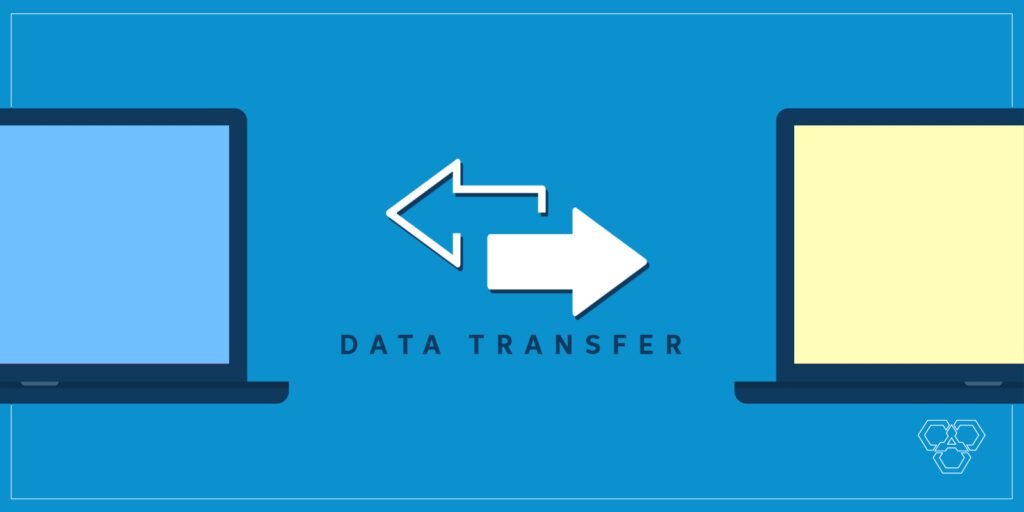Some level of encryption is now standard for pretty much every popular file sharing or cloud storage platform in 2022. but what are the specifics? Below are some of the most common solutions and their encryption levels.

Dropbox and Google Drive
Dropbox enables MFA and uses perfect secrecy, which means old decryption keys cannot be used to steal your data. It also encrypts data at rest (via 256-bit AES encryption) and in-flight (via 128-bit AES SSL/TLS encryption). Google Drive’s encryption measures are similar to those of Dropbox: 256-bit SSL/TLS encryption for files in flight and 128-bit AES encryption for files at rest.
*Note: We will mention the term ” bits ” The term “bit” is often used in the article. It is a measure of the size of the key required to decrypt your files. Thus, 128-bit keys make 128 characters, 256-bit keys are 256 characters, etc. The longer the key, the harder it is to crack.
Unfortunately, it is now well documented that these and other popular cloud services such as Box and OneDrive are susceptible to Man in the Cloud ( MiTC ), which allows hackers to steal users’ sync tokens to log into private accounts.
Sendbig
Sendbig is a well known platform where you can share upto 30 gb file transfer free. It is considered to be a realbale and easy to signup and use. And you can upload your data here and share it with others frequently
WeTransfer
WeTransfer uses 256-bit AES encryption of files in flight and at rest, superior to that of Google Drive and Dropbox. Unfortunately, while not directly related to encryption, WeTransfer has been associated with a handful of security incidents over the past few years (including this and this ).
Aspera
Aspera uses Microsoft’s proprietary FASP security model, which includes up to 256-bit AES in-flight and at-rest encryption. Keys are sent to server endpoints using Secure Shell (SSH) authentication and a new key is generated for each transfer session.
Meaning
Both Significant Flight and Media Shuttle sites use end-to-end AES encryption of up to 256-bit for files in flight and at rest.
at rest.
DocuSign
DocuSign uses a combination of 128-bit AES encryption and 265-bit SSL encryption for its electronic signature and document generation activities.
Secure File Transfer Options
No matter what file transfer service or cloud service you use, there are often additional steps you can take to better secure and encrypt your files, including installing standalone encryption software, protecting your transfer with a password or by cutting your file into several parts.
Encryption software
Boxcryptor is an example of encryption software. It uses a combination of 265-bit AES and RSA encryption and integrates with popular cloud services. Like Dropbox, Google Drive or OneDrive (you will have to pay extra to use it with more than one cloud service, however). Boxcryptor users can share files and folders through Whisply. Boxcryptor ‘s large file transfer service, although it has a hard limit of five files per transfer link.
Although it’s more on the storage side of things. VeraCrypt is another powerful encryption tool that’s open source and compatible with virtually any cloud or physical storage device. VeraCrypt supports a range of ciphers, including AES, Serpent, and Twofish.
Password protected transfers
Some file transfer solutions, such as WeTransfer , Dropbox , and MASV File Transfer Management System, which allows users to password protect individual files or transfers. Recipients must enter the correct password to view the transferred file. It’s worth noting that some major cloud computing platforms, such as Google Drive, don’t offer password protection for individual files (there are third-party extensions that offer password protection for Google Docs, but their reliability should be assessed).
Sending separate files
You can also split your file into several different parts or sections, making each section relatively useless for a hacker or data thief. You can even transfer or store each individual section using a different file transfer or cloud platform. But let’s be honest: Splitting a large video file into several parts and then transferring each part separately takes a lot of wasted effort – and stress, if you have a deadline – and still doesn’t guarantee the safety of your files.

